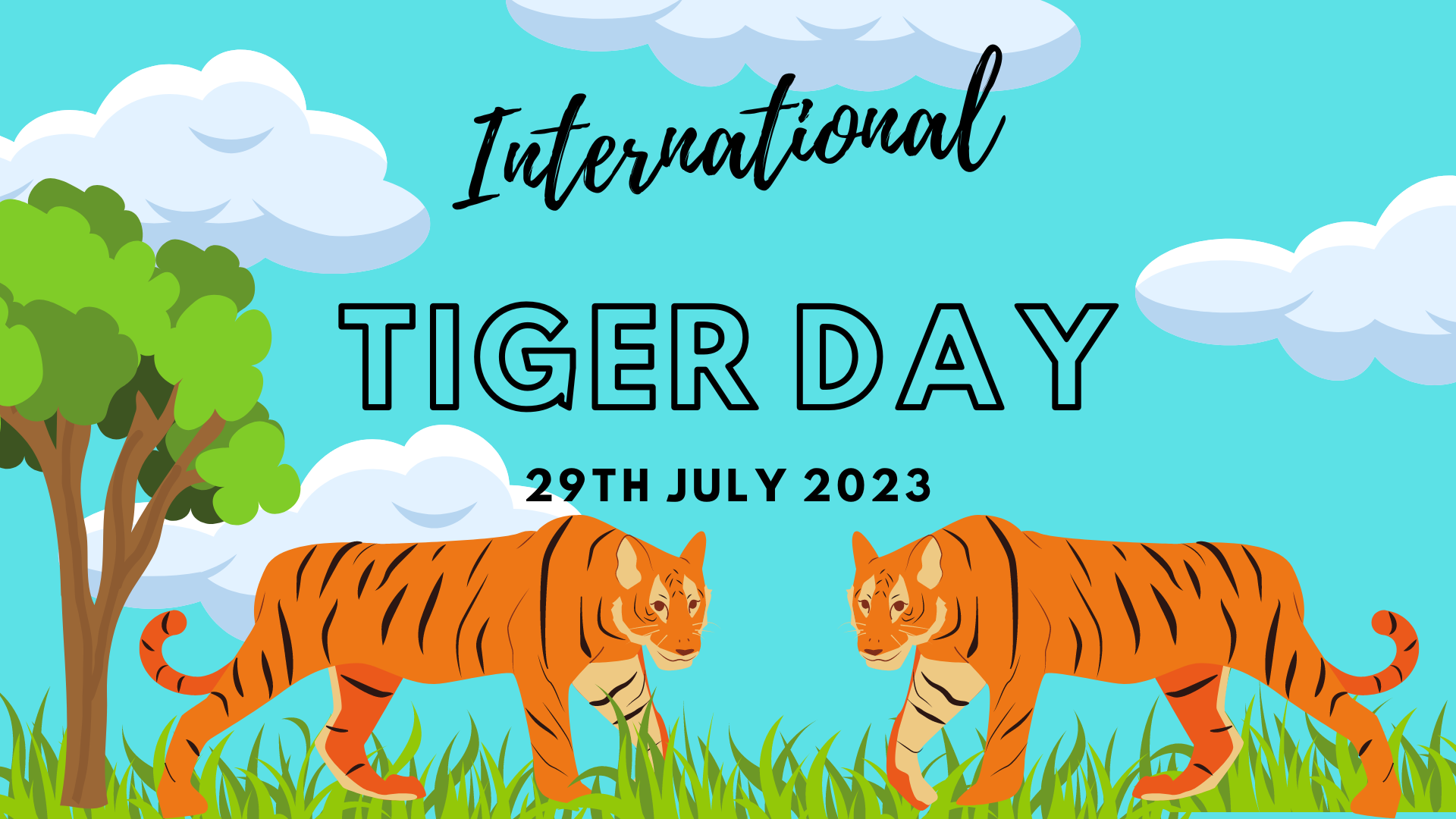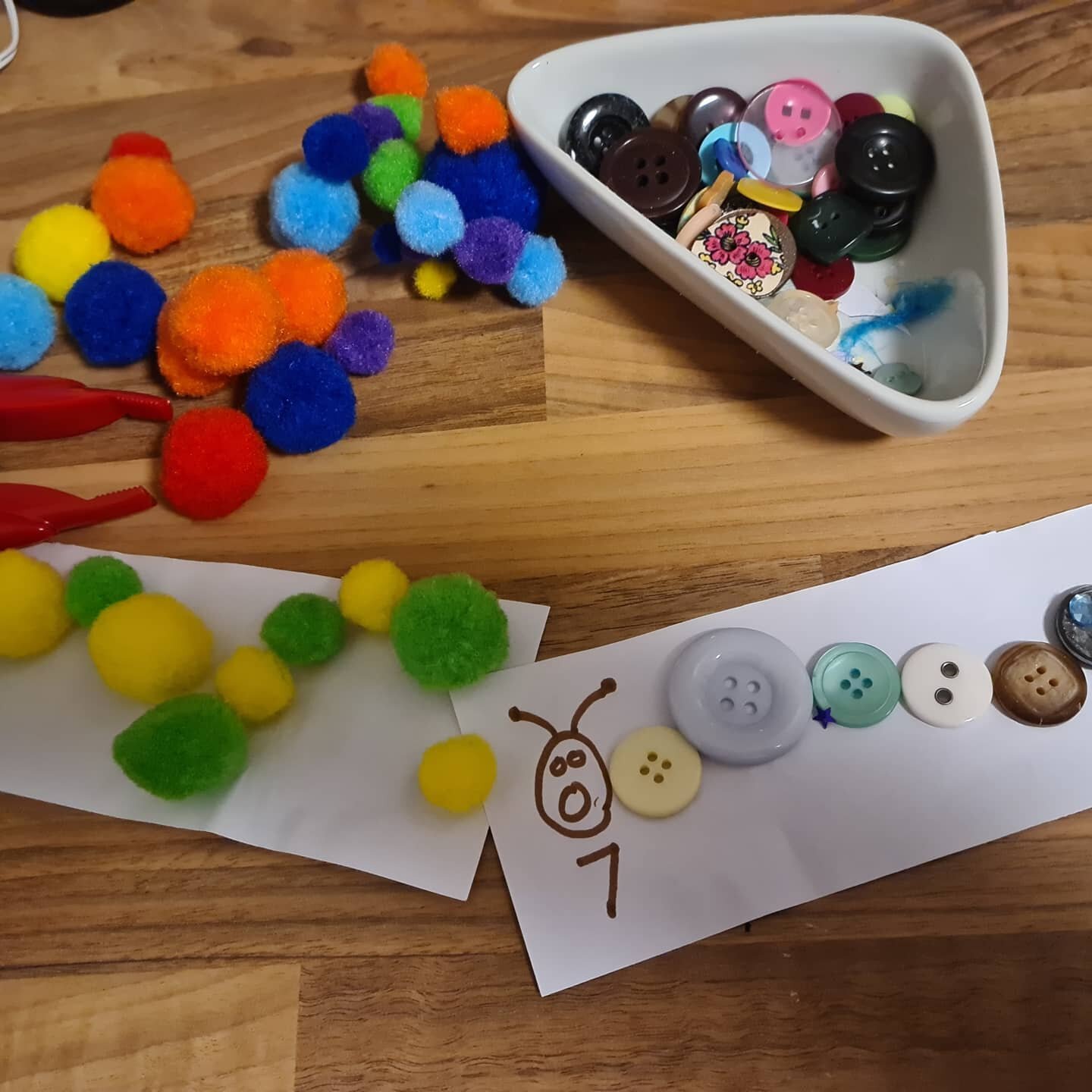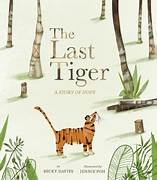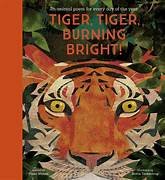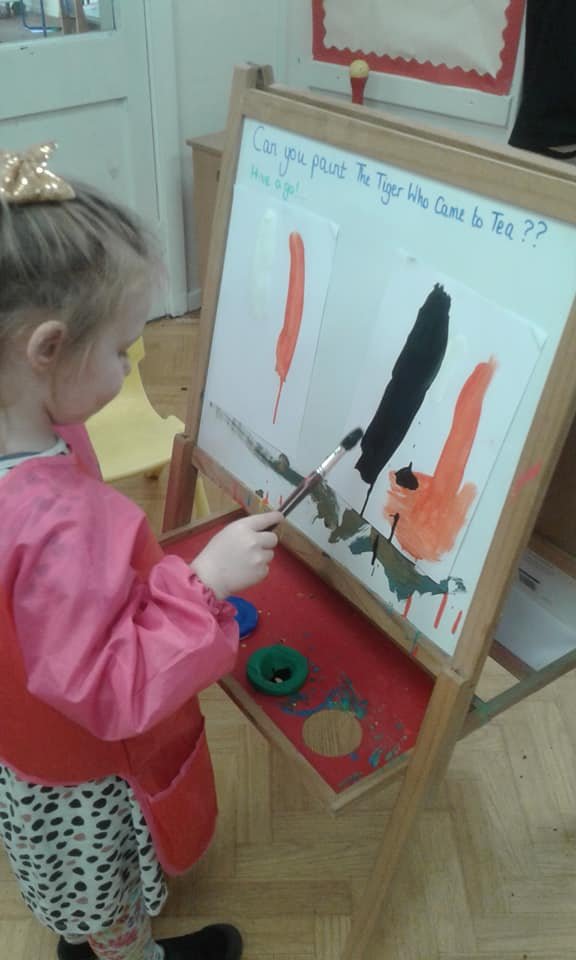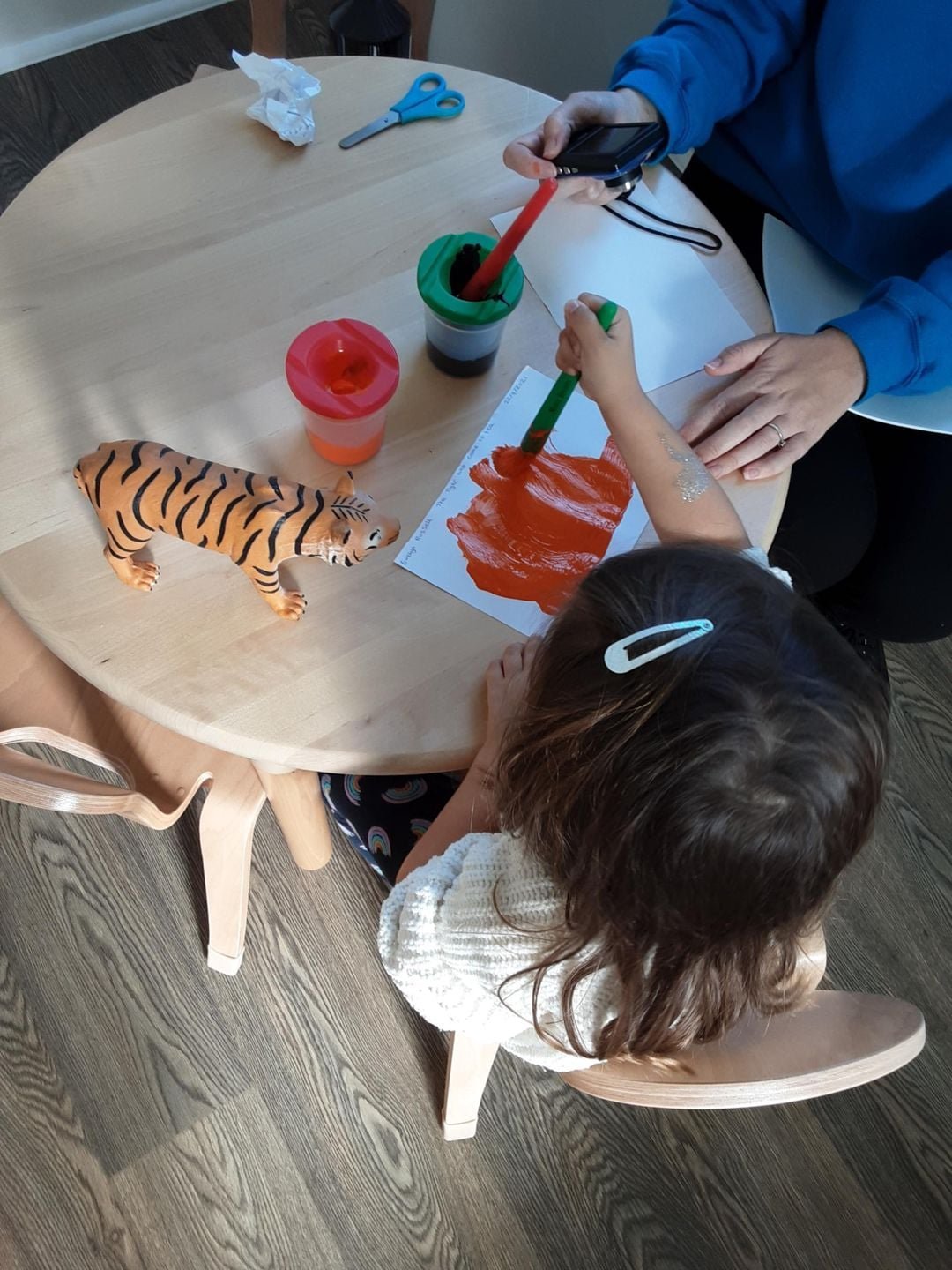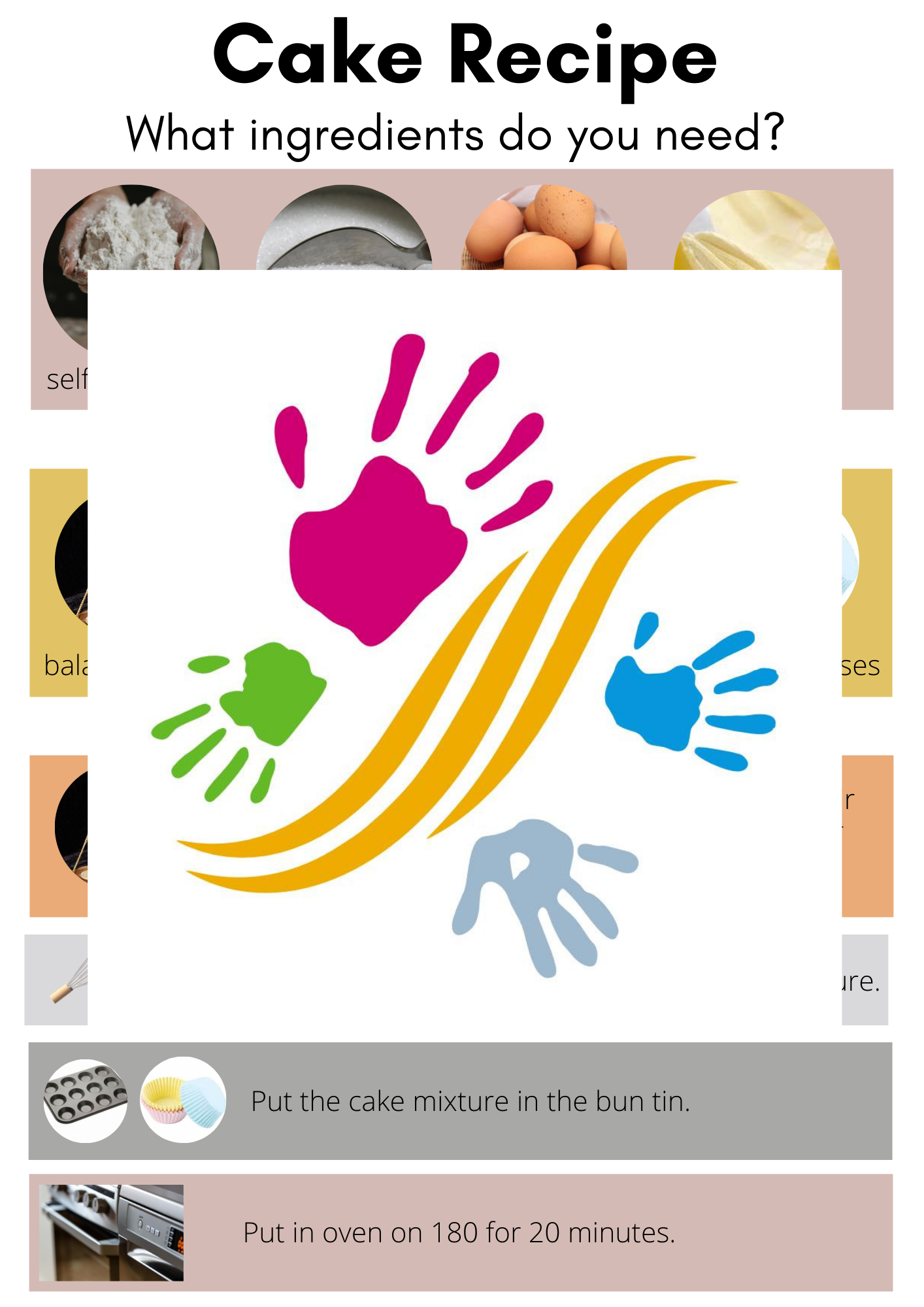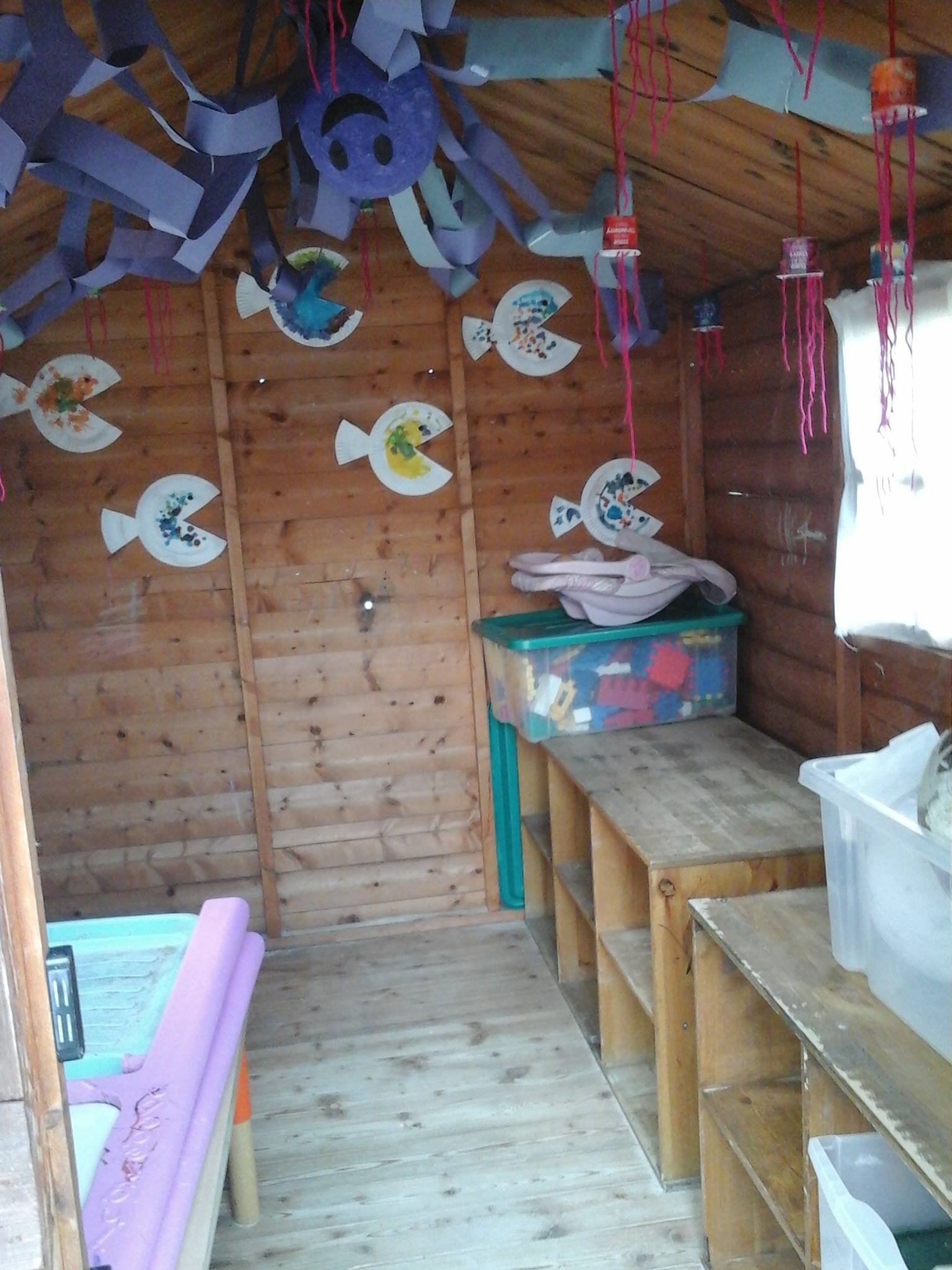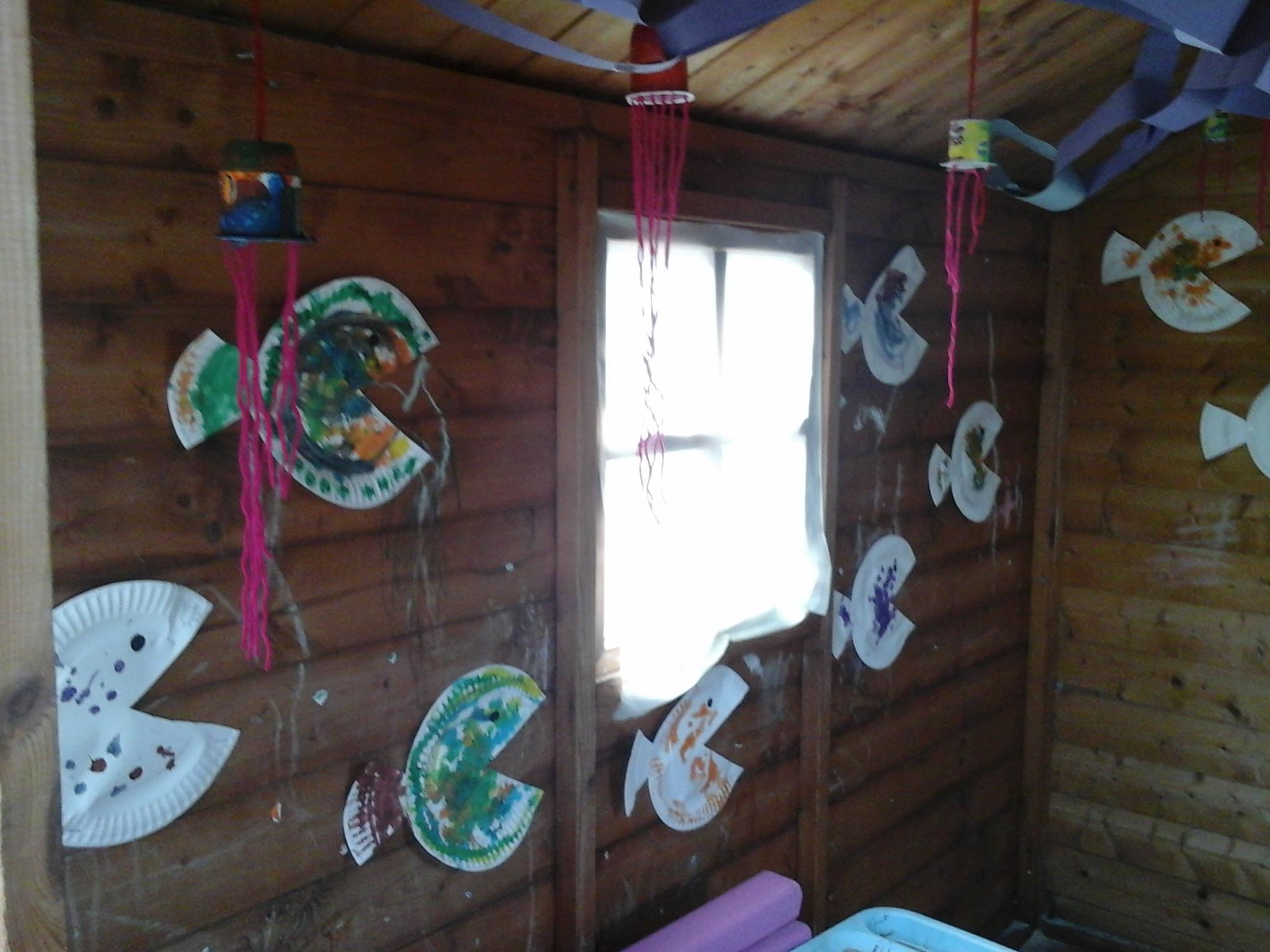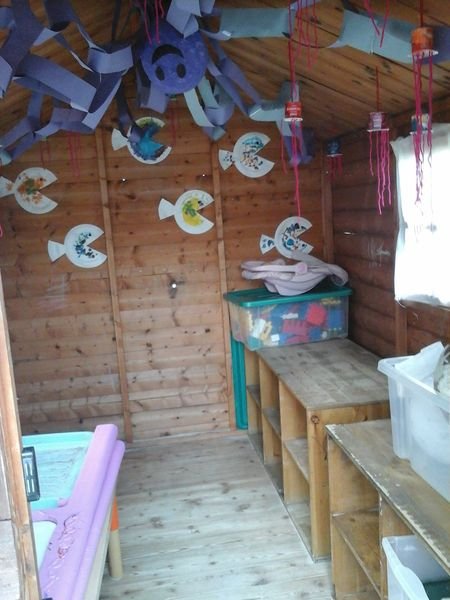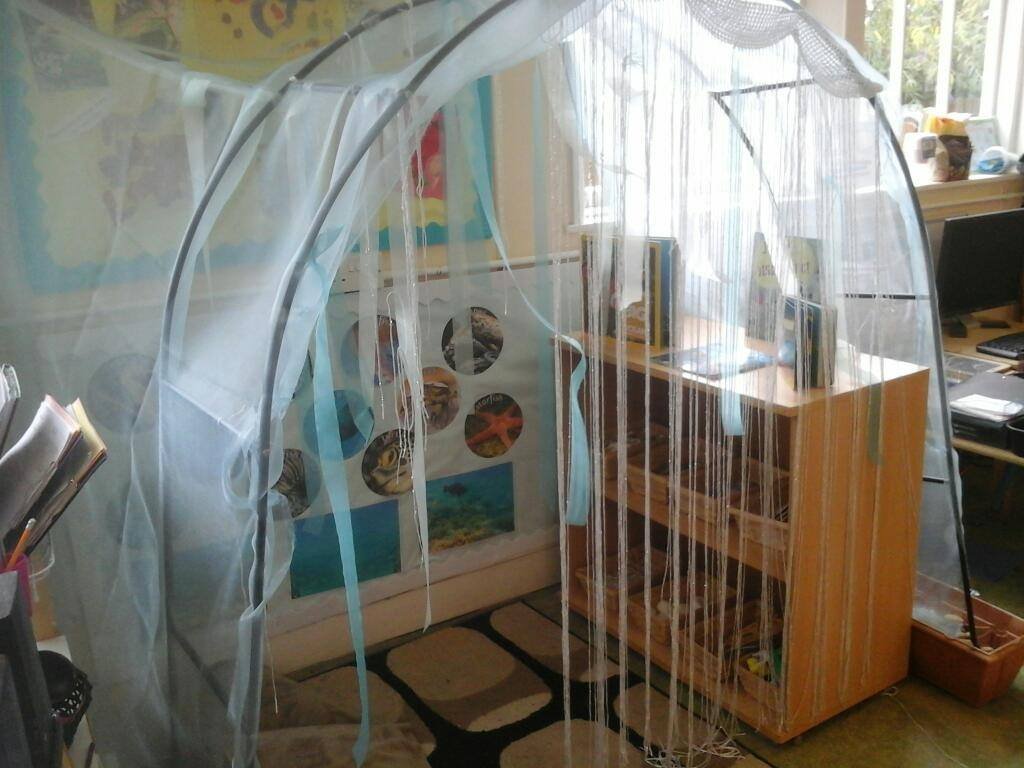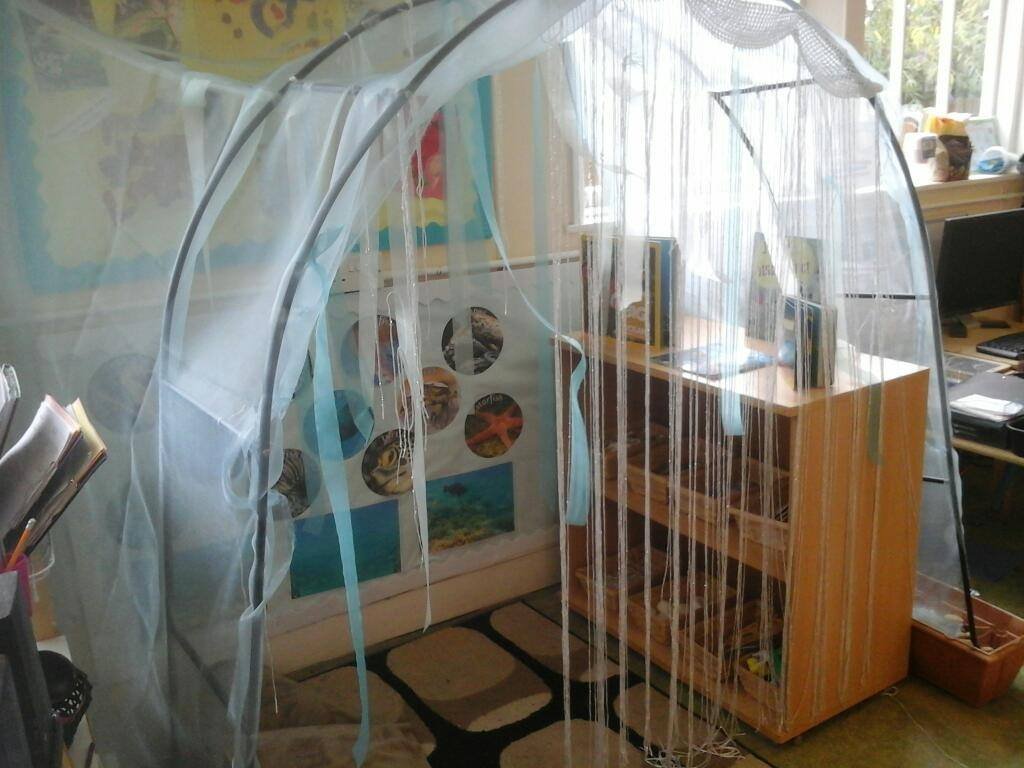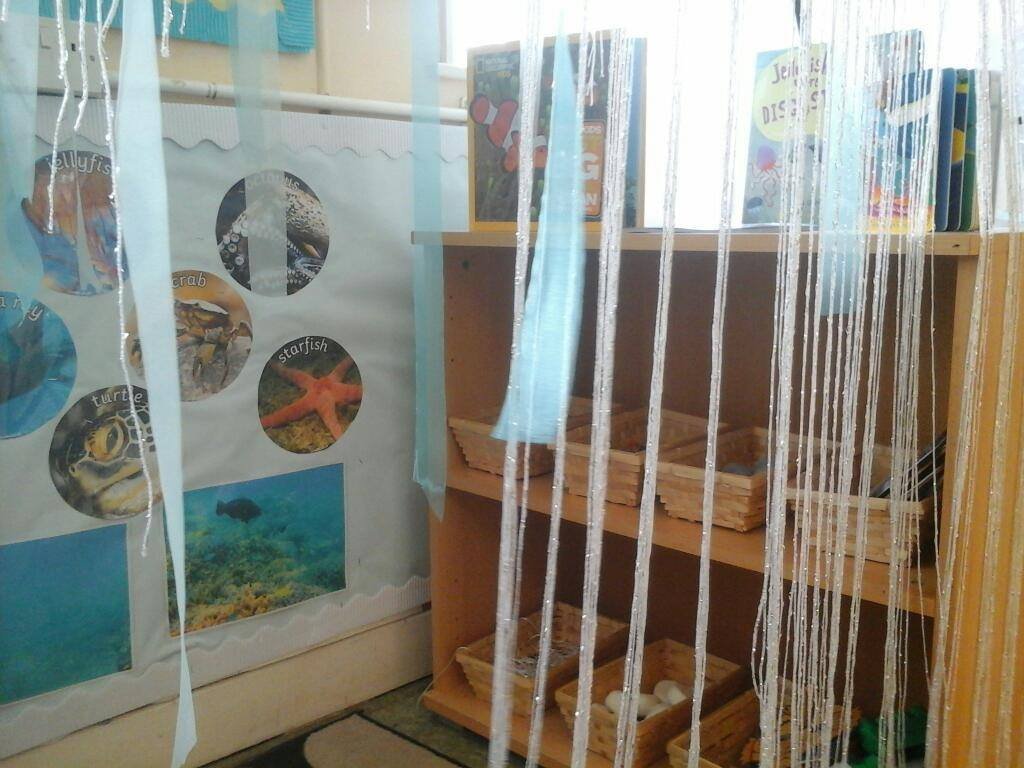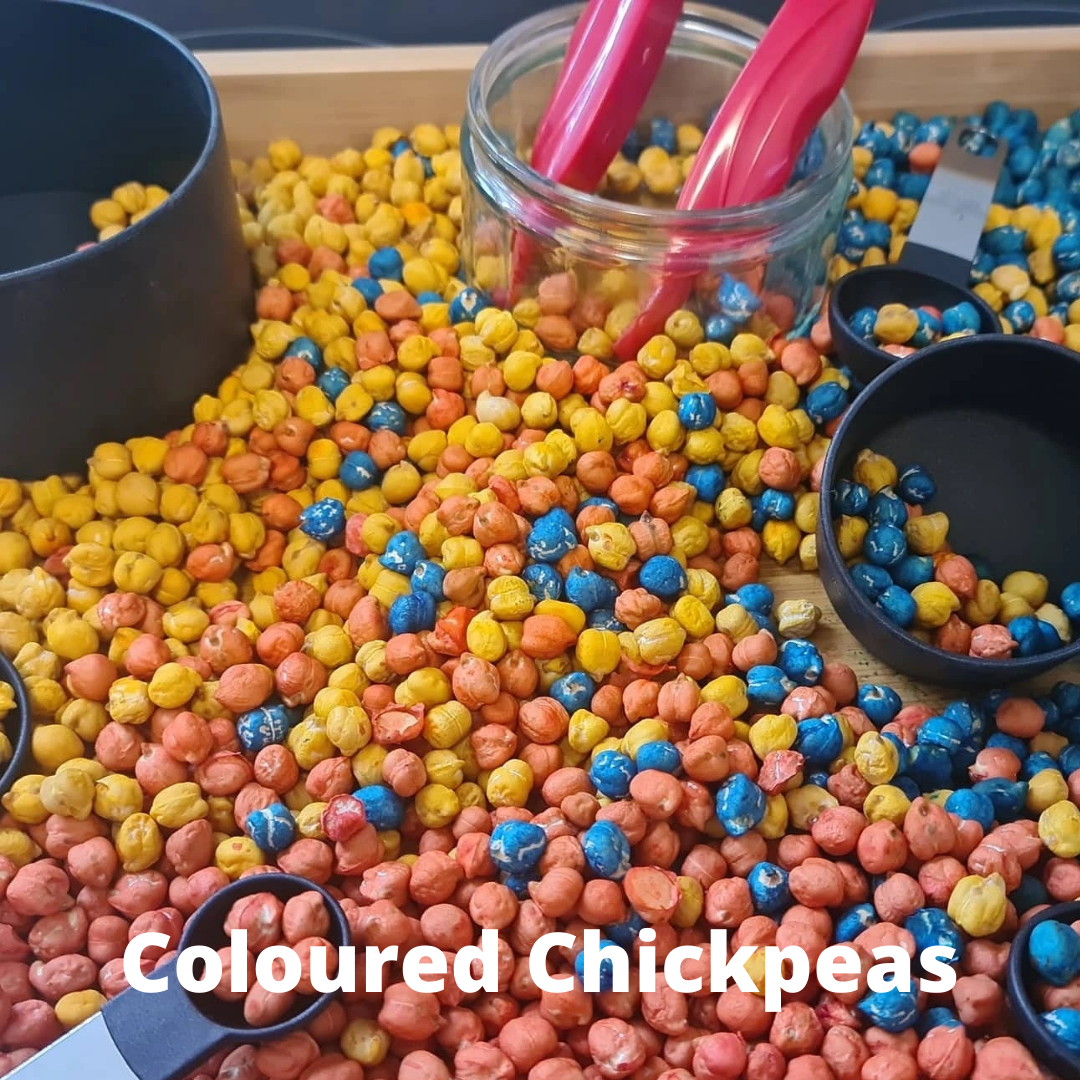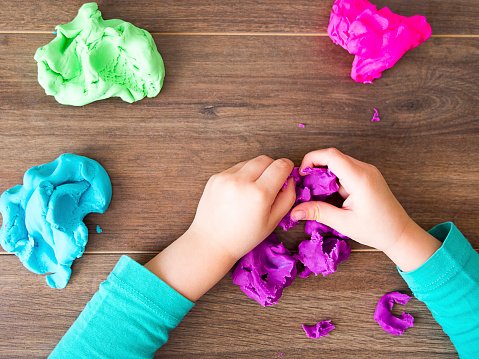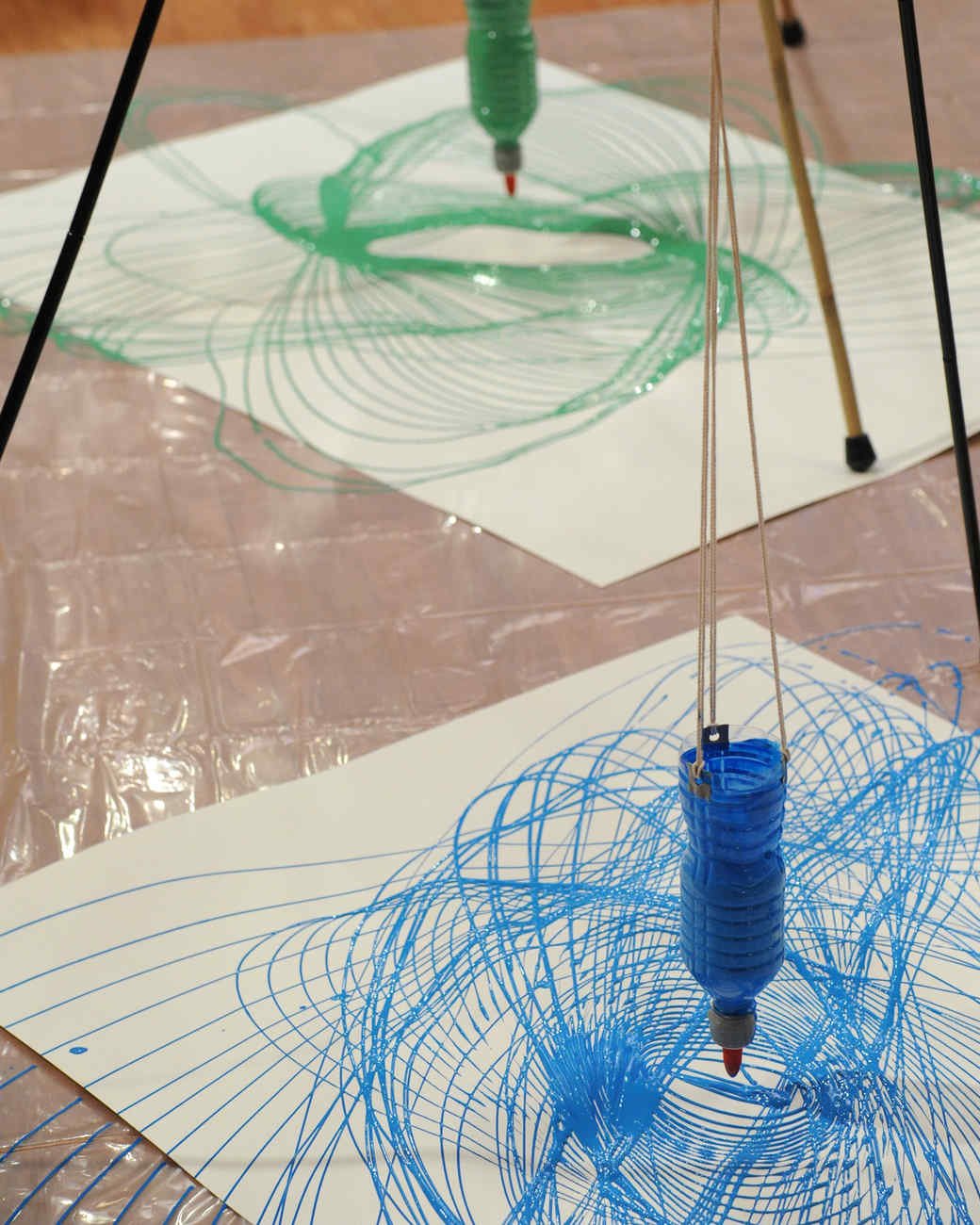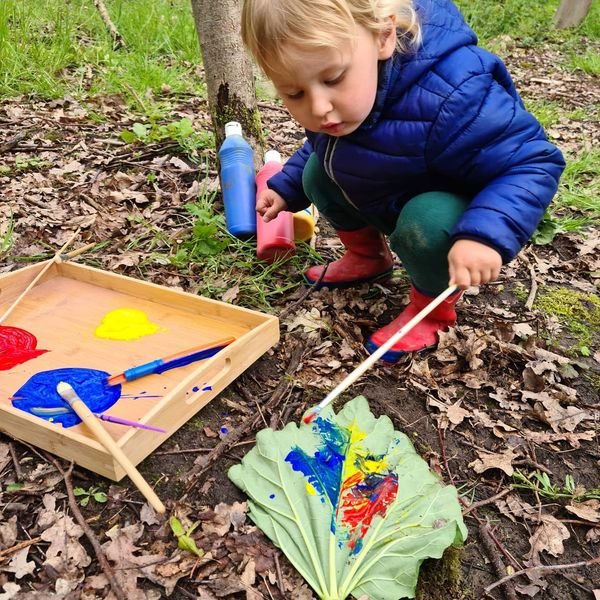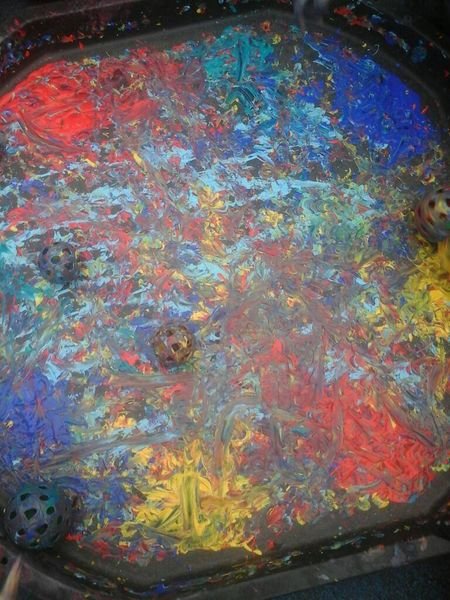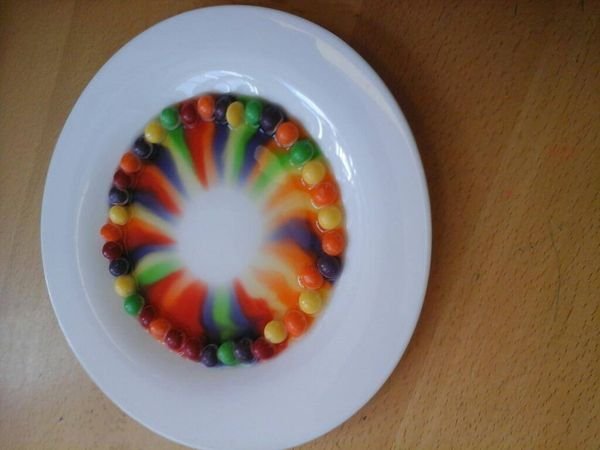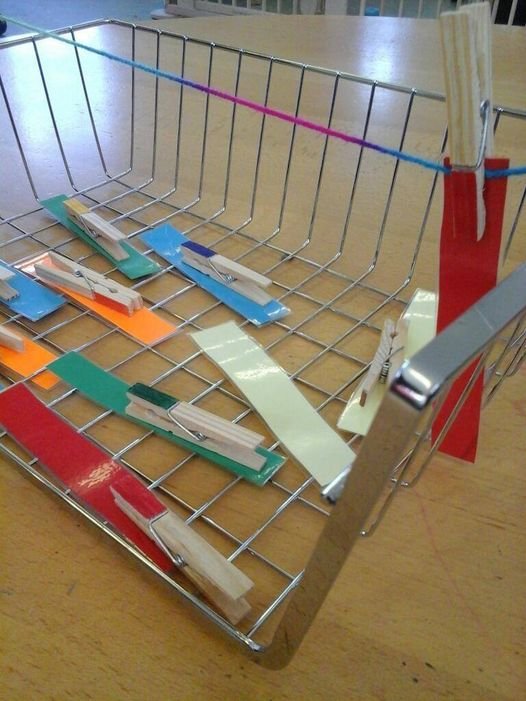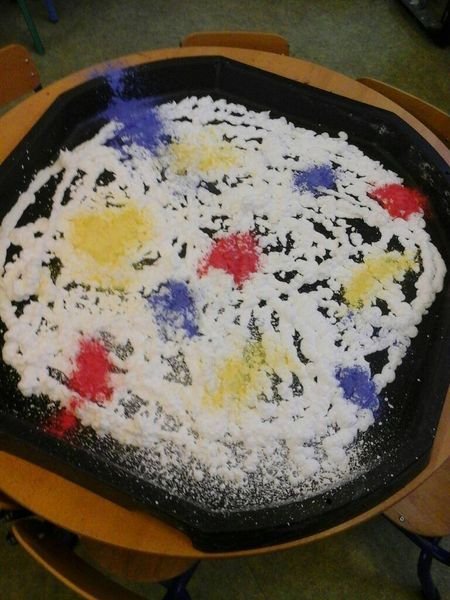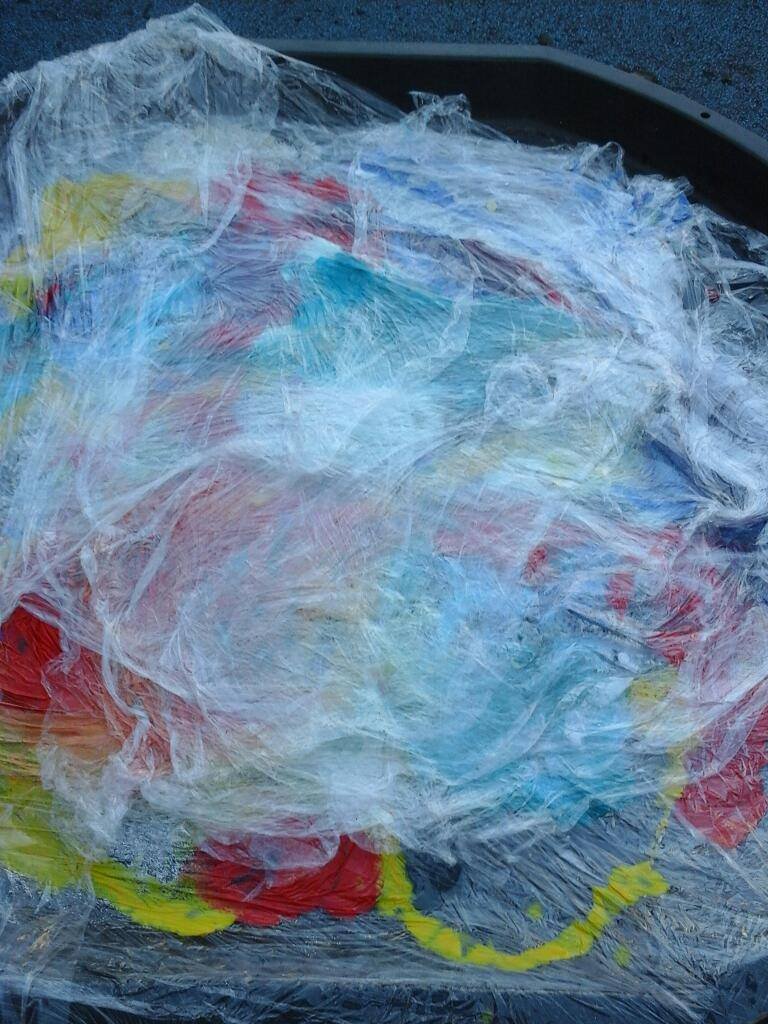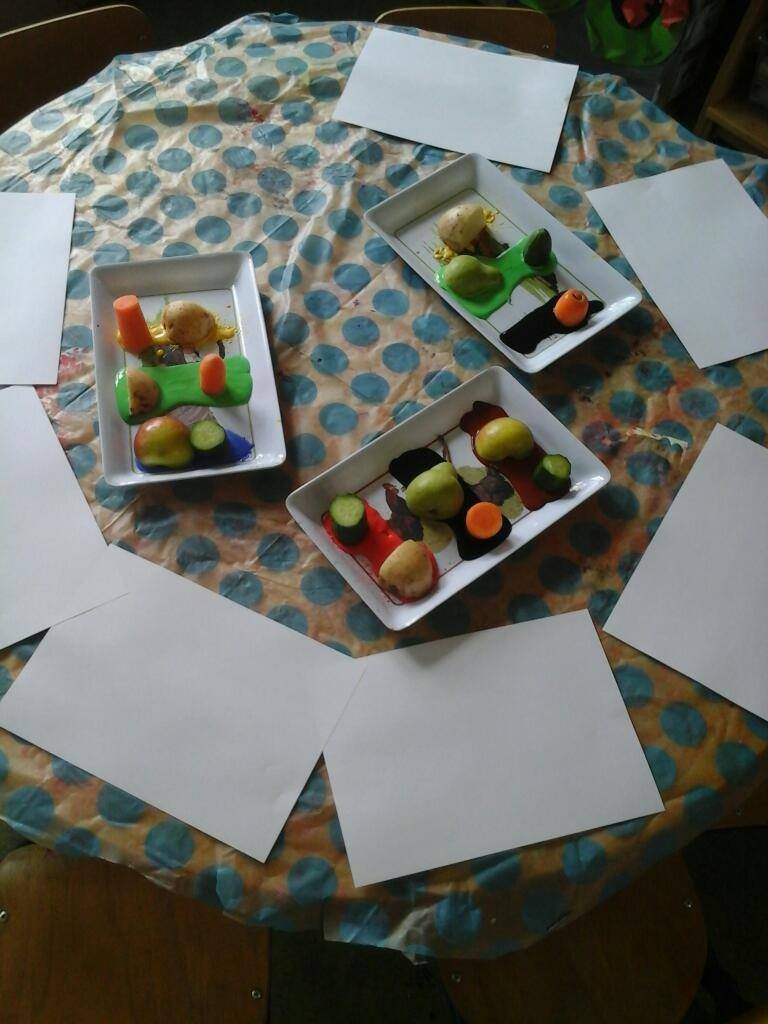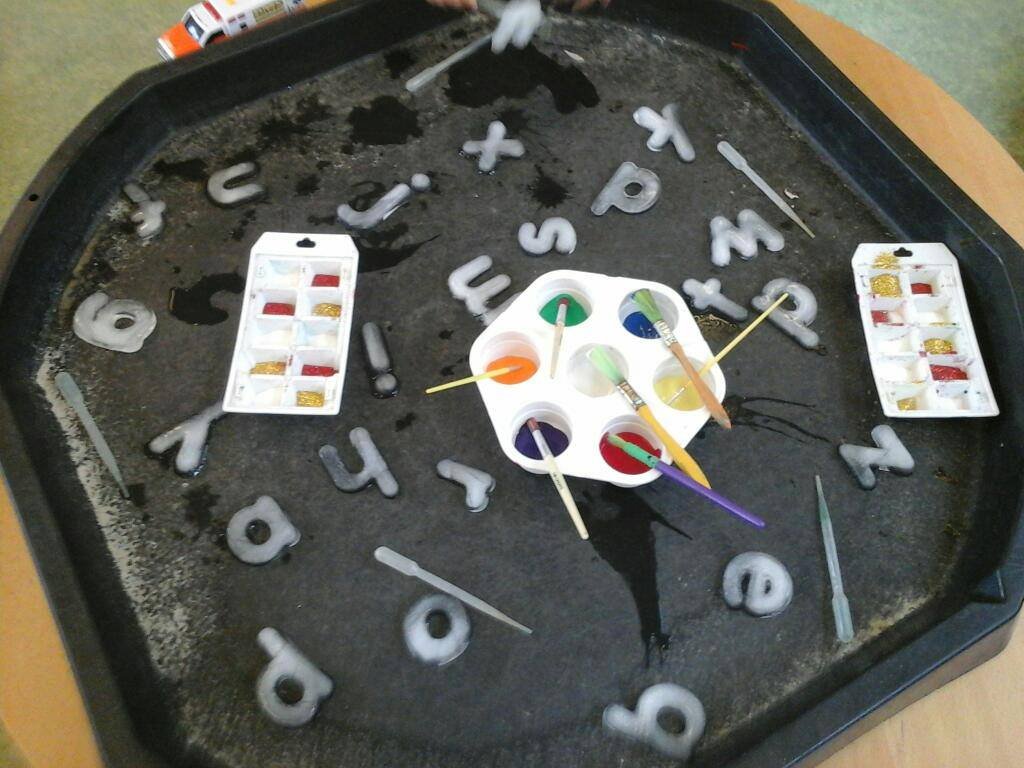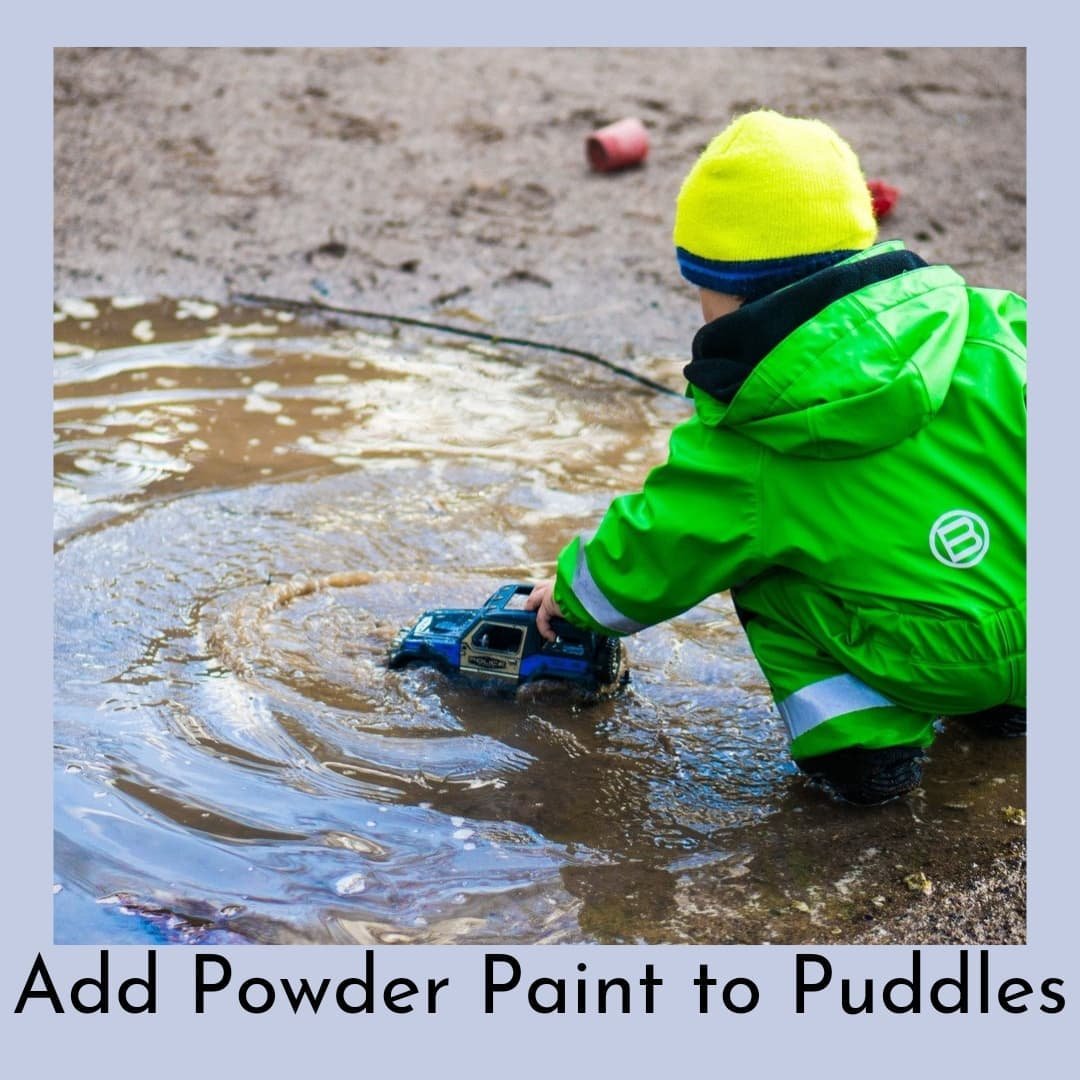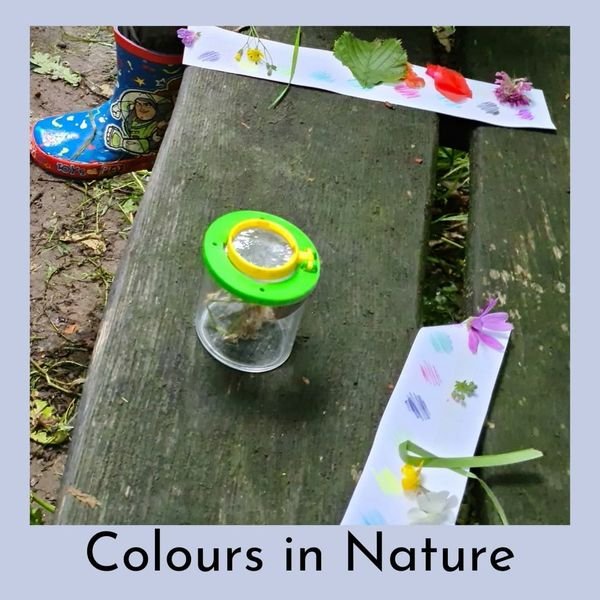International Tiger Day
International Tiger Day happens on the 29th July 2023. It is a chance to celebrate Tigers, and educate around conservation and natural habitats. This blog post explores ways early years settings can get involved in this day.
What is International Tiger Day?
International Tiger Day is a global celebration that happens every year since 2010, to raise awareness about tiger conservation and natural habitats. People around the world celebrate International Tiger Day in a variety of ways, from information sharing too big events. As a company we are passionate believers that children are our future and that we need to teach them about the incredible world that we live in from a very young age. This is why we are supporting International Tiger Day as a company.
When is International Tiger Day?
International Tiger day is celebrated on the 29th July 2023.
Why Celebrate International Tiger Day?
There are many reasons why people celebrate International Tiger Day and below are some of them:
· In 2010 when International Tiger Day was launched, 97% of all wild tigers had disappeared (National Today)
· To protect endangered species and to tackle illegal poaching (National Today)
· To empower the future generation with knowledge about tiger conservation and natural habitats.
· Because children within their early year’s settings are interested in tigers or animals.
· To teach children about our ecosystem.
Ways of Celebrating International Tiger Day in the Early Years?
Raise money to sponsor a tiger as a setting:
One of the things that you can do as a setting is hold a fundraising event to raise money to either sponsor a tiger a setting or support a tiger conservation project. There are lots of things you can do to fundraise money and below are just 5 ideas:
1. Hold a cake sale.
2. Save 20 p’s in a smarties tube – just send smartie tubes home.
3. Pre-loved clothes sale – ask parents to donate their outgrown preloved clothes and sell them to parents that need them for a donation.
4. Sell produce to parents from the nursery’s allotment or vegetable patch.
5. Have a summer fete with hook the duck, splat the rat and traditional games.
Five of our favourite tiger books:
The Tiger Who Came to Tea by Judith Kerr
Tiger, Tiger, Burning Bright by Fiona Walters
The Last Tiger by Becky Davies
Never Touch a Tiger! By Rosie Greening
That’s Not my Tiger by Fiona Watt
Three activities to go with the story The Tiger Who Came to Tea by Judith Kerr:
Set up a tea-making tuff tray with cups, saucers, milk, sugar, jugs, tea pots, tea bags and coffees. For the children to develop their physical skills and communication and language through imaginative play. It also gives lots of opportunities for natural mathematics through exploration e.g. exploring capacity such as full, half-full and empty. Or counting how many spoons full of sugar you would like.
Have a tiger tea party and make invites for your friends and make some yummy treats such as cupcakes and sandwiches. Through setting up a tea party and cooking/making food with the children you can cover all areas of the early years foundation stage in a fun and interactive way. From problem-solving how many chairs you need around the table, to practising physical skills as they mark-make their invites, pour ingredients or learning to retell what happened in the story. The possibilities are really endless.
Make tiger masks so that you can be the tiger who came to tea. Whilst doing this activity you might want to look and talk about the patterns on tigers, how are they different to other animals? Can you get the toy small world animals out and look closely?
(Photo Credit: Chestnut Nursery School 2021 - The Tiger Who Came to Tea - Tea Party).
Paint pictures of tigers and have a tiger art gallery:
Use photos and toy tigers as a stimulus to encourage children to have a go at painting their own picture of a tiger. Host a tiger art gallery exhibiting all the children’s amazing artwork.
(Photo credits left to right: Queensway Infant Academy and Nursery (2023), Ducklings Nursery at Middleton Manchester (2021) and Monkey Puzzle Day Nursery Loughton (2021).
India:
70% of the tiger population is in India (National Today), so why not do a mini topic looking at India with the children. Here are five inspirational ideas to get you going on a journey to India:
1. Make passports and tickets, as well as setting up a role play airport and catch a plane to India.
2. Use non-fiction texts to find out information about tigers in India and set up a little news station for the children to share the information they find.
3. Look at different maps and globes and find India.
4. Set up a tuff tray of a tiger habitat and have pictures and information to go with it about tigers in India.
5. Share with children the folktale from India – The Tiger Child. You can find a video of the story here.
We would love to hear how your setting celebrated International Tiger Day. Why not leave us a comment below and let us know?
World Ocean Day
A blog post focusing on world ocean day. With ideas for early years practitioners.
Wednesday 8th June 2022
Wednesday the 8th June 2022 is World Ocean Day, many early years settings and professionals will be using this as a platform for discussion with young children. So, we thought we would write a blog post focusing on, what is world ocean day, how can we celebrate it with children to extend their cultural capital and interests in a fun and age-appropriate way.
What is world ocean day?
The United Nations theme for world ocean day this year is “Revitalization: Collective Action for the Ocean”. The focus is about sharing and understanding that the ocean is important to all of us, it supports our sustainability, but we know the health of the ocean is in danger. It is a call to action to work together to help raise awareness and act as a community to improve the health of the ocean. You can find out more about it here.
Why focus on world ocean day with young children?
At Growing Together Developing Early Years we are passionate about how our children are the future generation and it is important that from a very young age we teach children and empower them to love our world and look after it. By inspiring a young generation to look after and care for the world from an early age, they will take these values on hopefully for their whole lives and continue to inspire future generations.
Recommended books:
We can start to teach children from a very young-age in an age-appropriate way, which encourages them to begin to ask questions, talk and act upon this important issue. Below are some of my favourite books for this topic:
· Duffy’s Lucky Escape by Ellie Jackson and Liz Oldmeadow
· Marli’s Tangled Tale by Ellie Jackson and Laura Collwood
· What a Waste by Jess French
5 Activity ideas:
1. World Ocean Tuff Tray – have a tuff tray with small world sea animals and water so children can explore habitats that live in the ocean. You could use spaghetti as seaweed to add a more textural feel to the activity.
2. Pollution Water Tray – to start discussions about pollution in the ocean and litter, you could raid the recycle bin and place (clean) rubbish alongside the small world animals in the water tray.
3. Visit an Aquarium – this is a great opportunity for children to learn about the magnificent animals that live in the ocean. You can also find a fabulous virtual aquarium here that you can use in your setting.
4. Ocean Stick Puppets – Add some story telling into your ocean play and encourage children to make their very own stick puppets. All you need is lollypop sticks, pens, paper, scissors and sticky tape. Encourage the children to draw their very own ocean animals e.g. fish, dolphins, jellyfish, turtles and so on. Once they have drawn them, they can cut them out and stick them to a lollypop stick and voila you can make up your own stories. For younger children, you might want to use a template of animals to support them.
5. Under the Sea Small World Area – Turn your small world area into a vehicle to take the children under the sea. Below are some photos of my very own ocean small world area, following a group of children’s interests.
Check out our Facebook page on 8th June 2022 for more inspiring #worldoceanday activities or tag us @GrowingTogetherDevelopingEarlyYears in your very own ocean inspired fun tomorrow.
Part Two: Teaching Colours in the Early Years
Part two of our blog series that explores teaching colours in the early years. Find out more here.
Last week’s blog explored what we meant by teaching in the early years. This week part two is going to explore how do children learn and develop their knowledge of colours through our curriculum that we use to teach them. Curriculum in its very simplest terms, is the framework for what we would like children to learn in the time that they are with us. This is one big composite (end goal) made up of many small components. Sam Sleeman-Boss and Wendy Radcliff from Ofsted at the childcare and education expo (2022) defined curriculum thinking as “the framework for setting our aims of a program of education, including the knowledge and skills to be gained at each stage.”
It is refreshing to remember that the Early Years Foundation Stage (EYFS) Educational Programs, lay the foundation or floor of our curriculum, but we develop our curriculum to help children reach for the stars. It simply doesn’t cover all the small steps, components and learning opportunities that children have in their time in the settings, which is based on the knowledge of a skilled practitioner. An example of this is that, by the end of their time in nursery with us we might want children to be able to express themselves through the careful selection of colour, identifying colours and communicating why. Children don’t simply learn these skills or information though through a quick transference of knowledge and information, they learn them through an ambitious curriculum that is made up of many components or small steps to help them reach the end goal by the end of their time with us.
This is done through hands on experiences in the early years that encourage exploratory learning, collaboration, and the opportunity to develop ideas alongside others. For example, we may start with our very youngest by that simple exploration of contrasts in colours. We know that babies are interested in those contrasts and that black, white, and red supports brain development We then might explore mark-making with different colours using those gross motor skills and movement of our whole bodies and begin to name the different colours that we make. Before doing matching and classifying by sorting, identifying, making patterns and so on. As the children continue to explore, we look at shades and mix different colours, but also recall how they make colours through a variety of activities, using paint, light boxes, messy play and so on. Before, we move onto that being creative using colour to express ourselves and carefully selecting those colours, there are many steps that children go through, in their journey of learning about colours in the early years.
Below are some activity ideas for teaching colours in the early years:


